In the animal kingdom, survival often depends on more than just strength or speed—it requires creativity and skill. Many animals have developed impressive building abilities, crafting intricate homes and habitats that rival human architecture. From underwater engineers to sky-high nest builders, these creatures demonstrate an extraordinary understanding of construction, using the materials around them to shape their environment. Each species has its own unique way of solving problems and creating shelters that provide safety, attract mates, or ensure the next generation thrives. The following list showcases 17 of the most unexpected animal architects and their remarkable building talents.
Beaver: Master Dam Builders
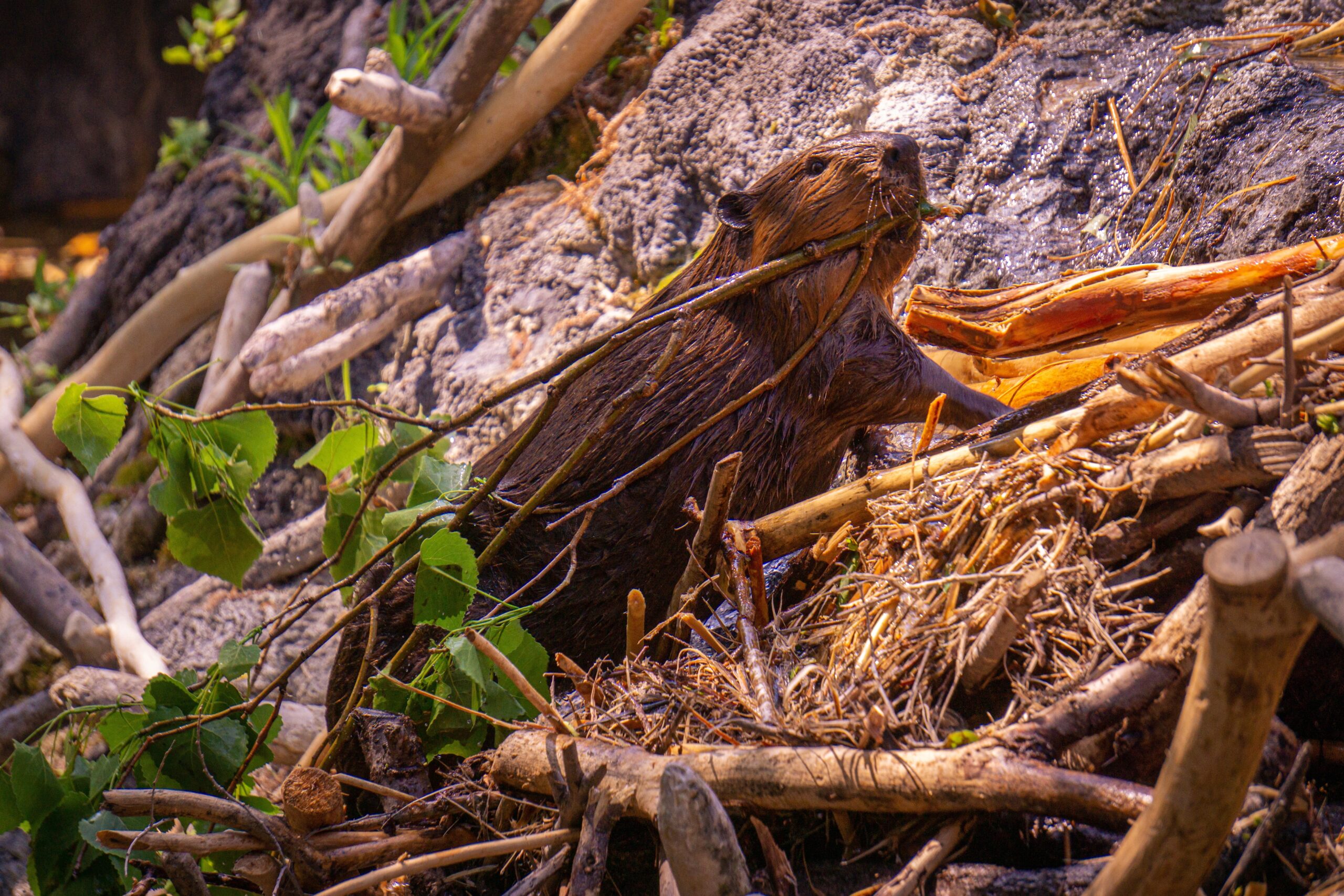
Beavers are renowned for their intricate dam-building abilities, often transforming entire landscapes. Using branches, mud, and rocks, they create watertight structures that slow down rivers, forming ponds. These ponds serve as a protective moat around their lodges, where they raise young and store food for winter. Not only do these dams benefit the beavers, but they also create habitats for various aquatic species. This engineering prowess demonstrates foresight and environmental manipulation, making beavers essential ecosystem engineers. The dams can stretch for hundreds of meters, showcasing their commitment to their craft. Their building process is both instinctual and highly methodical.
Termites: Towering Mound Architects
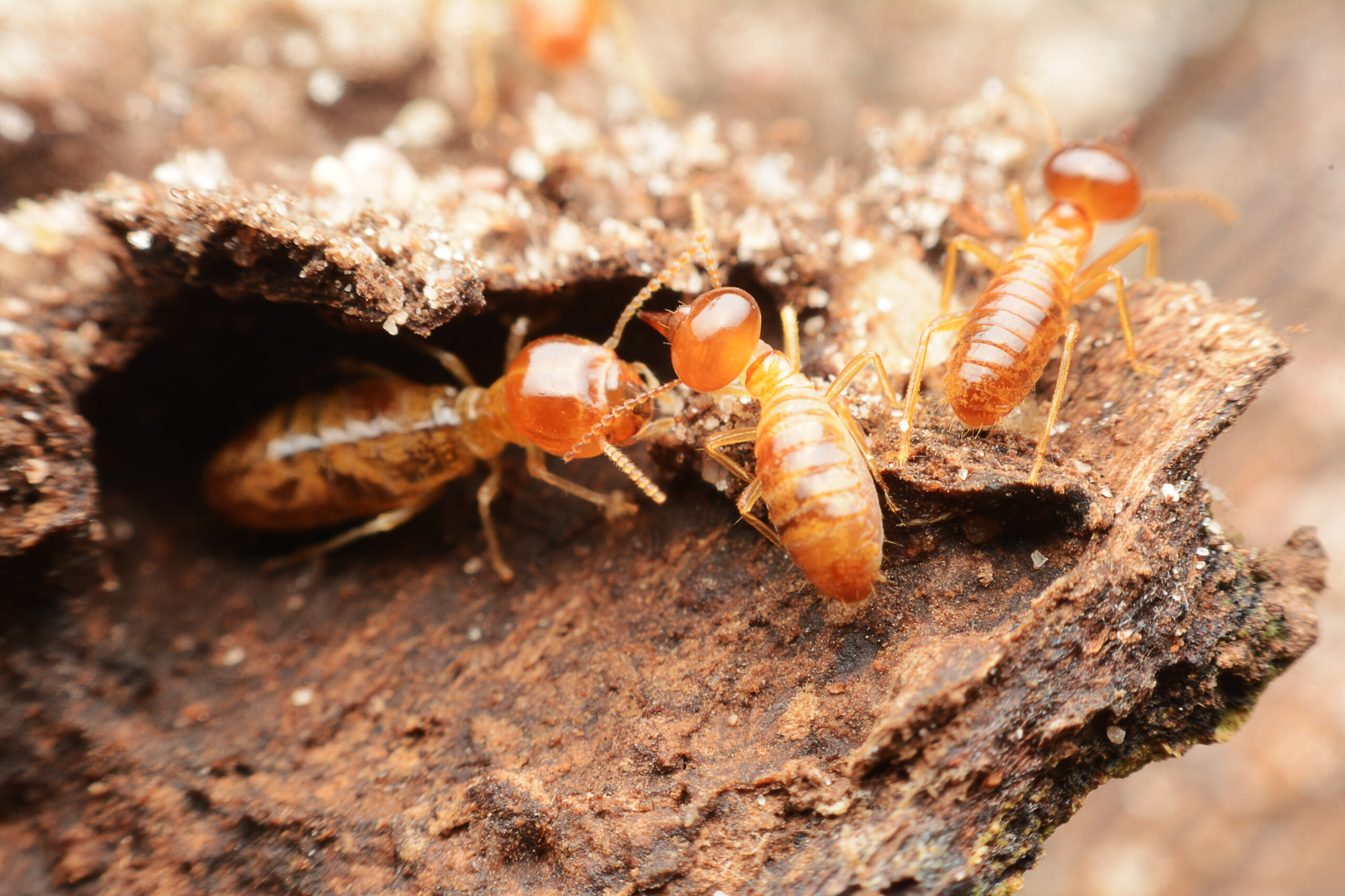
Termites construct massive mounds, sometimes reaching heights of up to 30 feet, using soil, saliva, and fecal matter. These structures are not random piles of earth; they are intricately designed to regulate temperature, humidity, and airflow within. Some termite mounds even feature distinct chambers for different purposes, such as nurseries and gardens for growing fungus, their primary food source. The central tower often acts as a ventilation shaft, allowing cool air to flow in and hot air to escape. Termites, though tiny, work as a collective to achieve incredible feats of engineering. Their ability to manipulate their environment rivals human architectural achievements. Their mounds are a testament to the power of cooperation.
Weaverbirds: Expert Nest Weavers
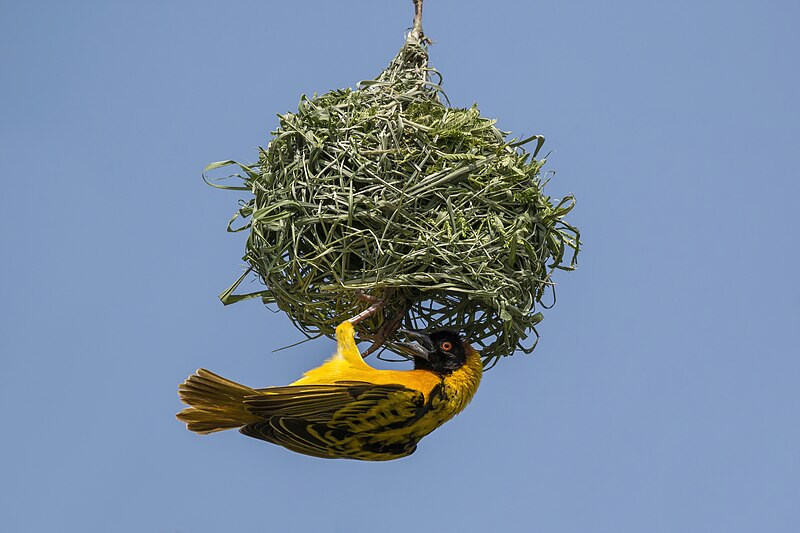
Weaverbirds get their name from their extraordinary ability to weave intricate nests out of grass and leaves. Males typically build the nests to attract females, with some species creating large communal nests that house hundreds of birds. The nests are often suspended from tree branches to deter predators, making them not only strong but strategically located. The birds weave with precision, using their beaks and feet to tie knots and create intricate designs. Some nests are so durable that they last for years, even surviving harsh weather conditions. Their nests are highly functional, protecting eggs and chicks from external threats. These nests reflect the bird’s impressive craftsmanship and attention to detail.
Bowerbirds: Romantic Artists
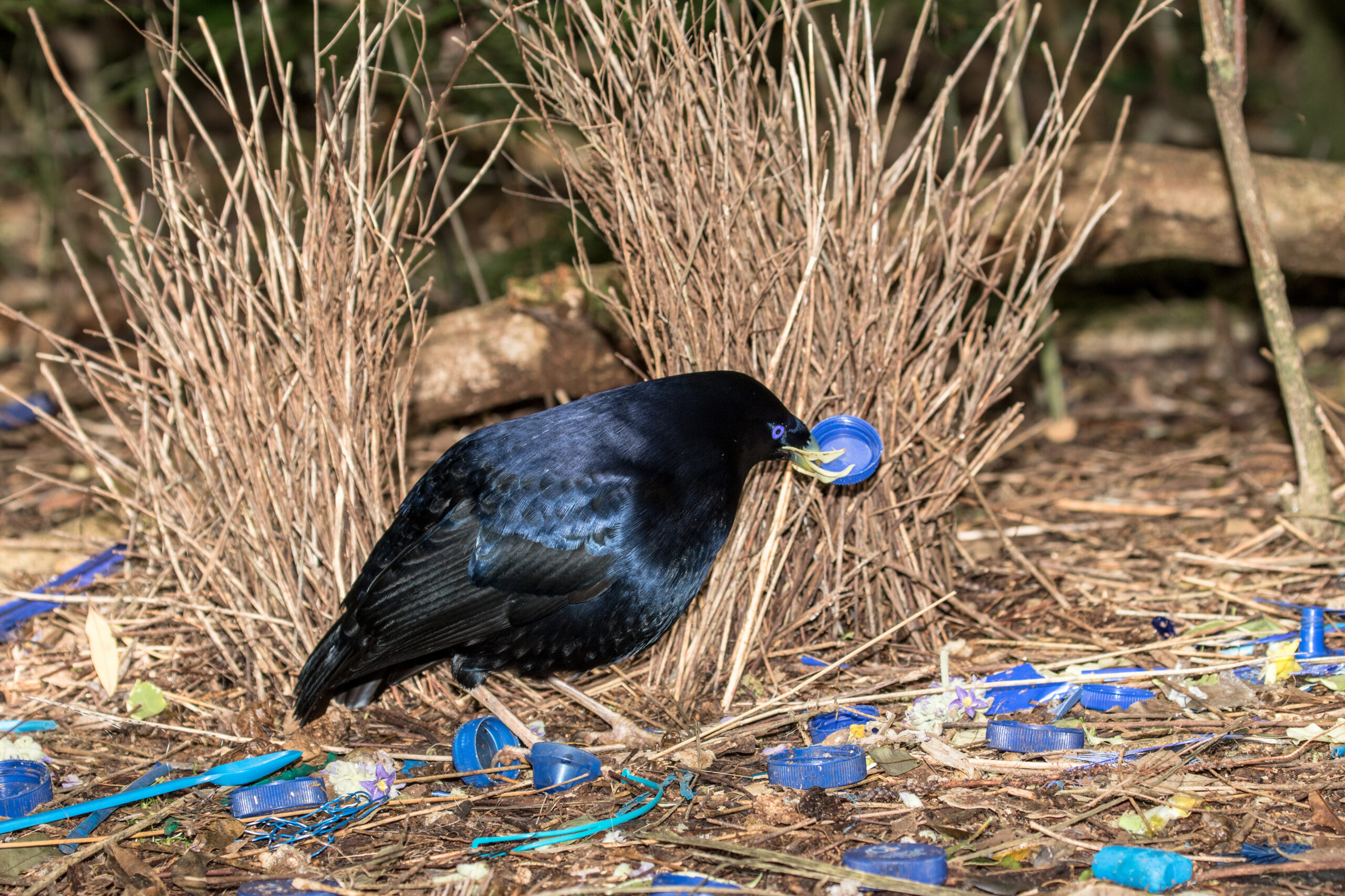
Male bowerbirds are famed for building elaborate structures, called bowers, to attract mates. Unlike nests, these bowers are purely decorative and do not serve as homes. The birds collect various colorful objects like berries, flowers, and even man-made items to adorn their bowers. Each species of bowerbird has a unique style, with some creating intricate archways while others build simpler structures. The meticulous arrangement of objects demonstrates both an aesthetic sense and an understanding of visual appeal. Females judge the males based on the quality of their bower and the items used, making this a key part of the mating process. These architectural feats are often compared to human art galleries.
Ants: Underground City Designers
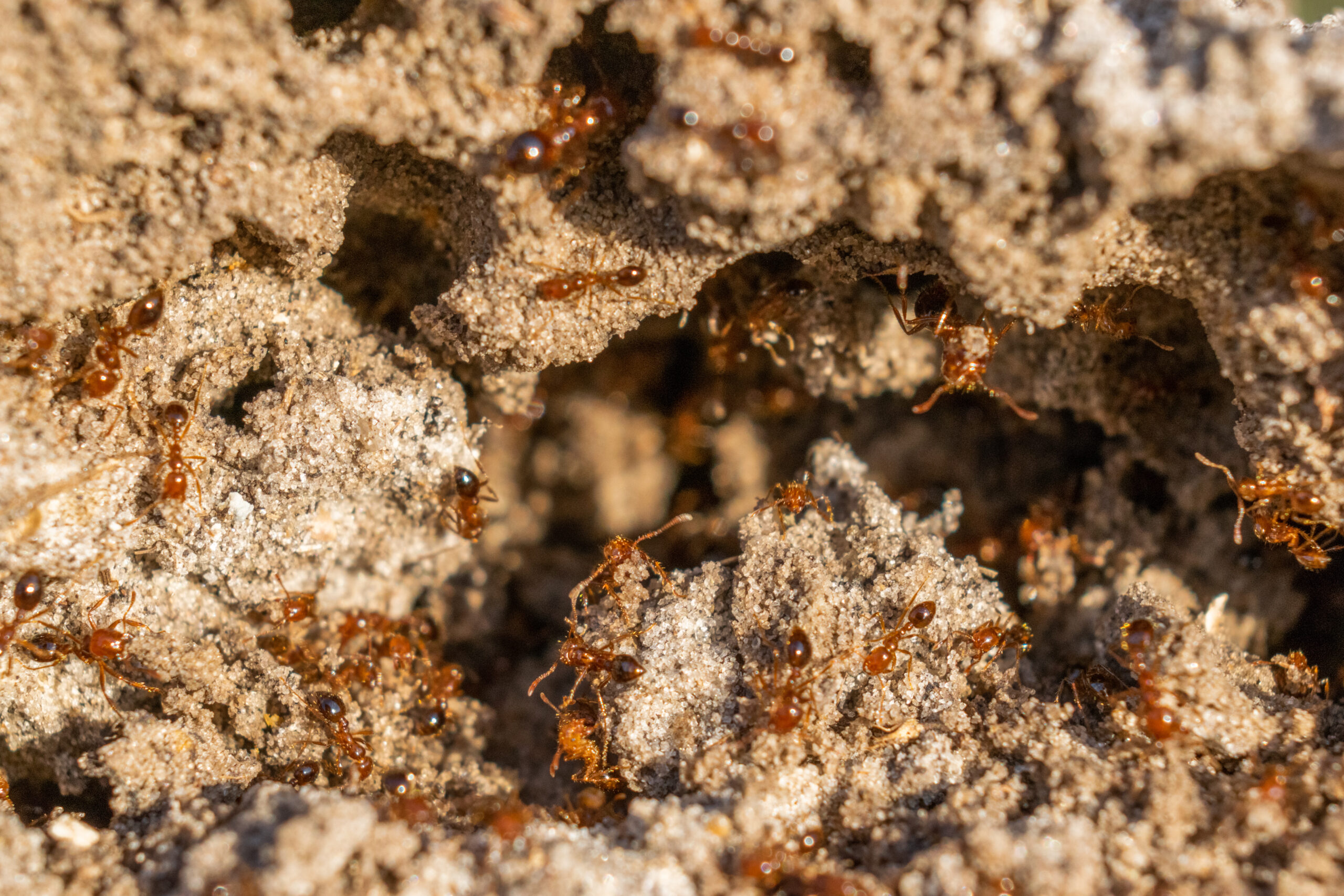
Ants are known for building complex underground colonies, complete with multiple chambers and interconnected tunnels. Each chamber serves a specific purpose, such as nurseries for larvae, food storage rooms, and even waste disposal areas. These underground cities are meticulously organized, with air shafts and temperature-controlled zones to ensure the colony thrives. Ants communicate and work together to expand and maintain their colonies, often adapting the structure to changing environmental conditions. Their building skills are not limited to the underground; some ants construct bridges and rafts using their bodies during times of flood. Their collective efficiency in construction is remarkable. The scale of their colonies can extend over several meters underground.
Spiders: Web-Weaving Specialists
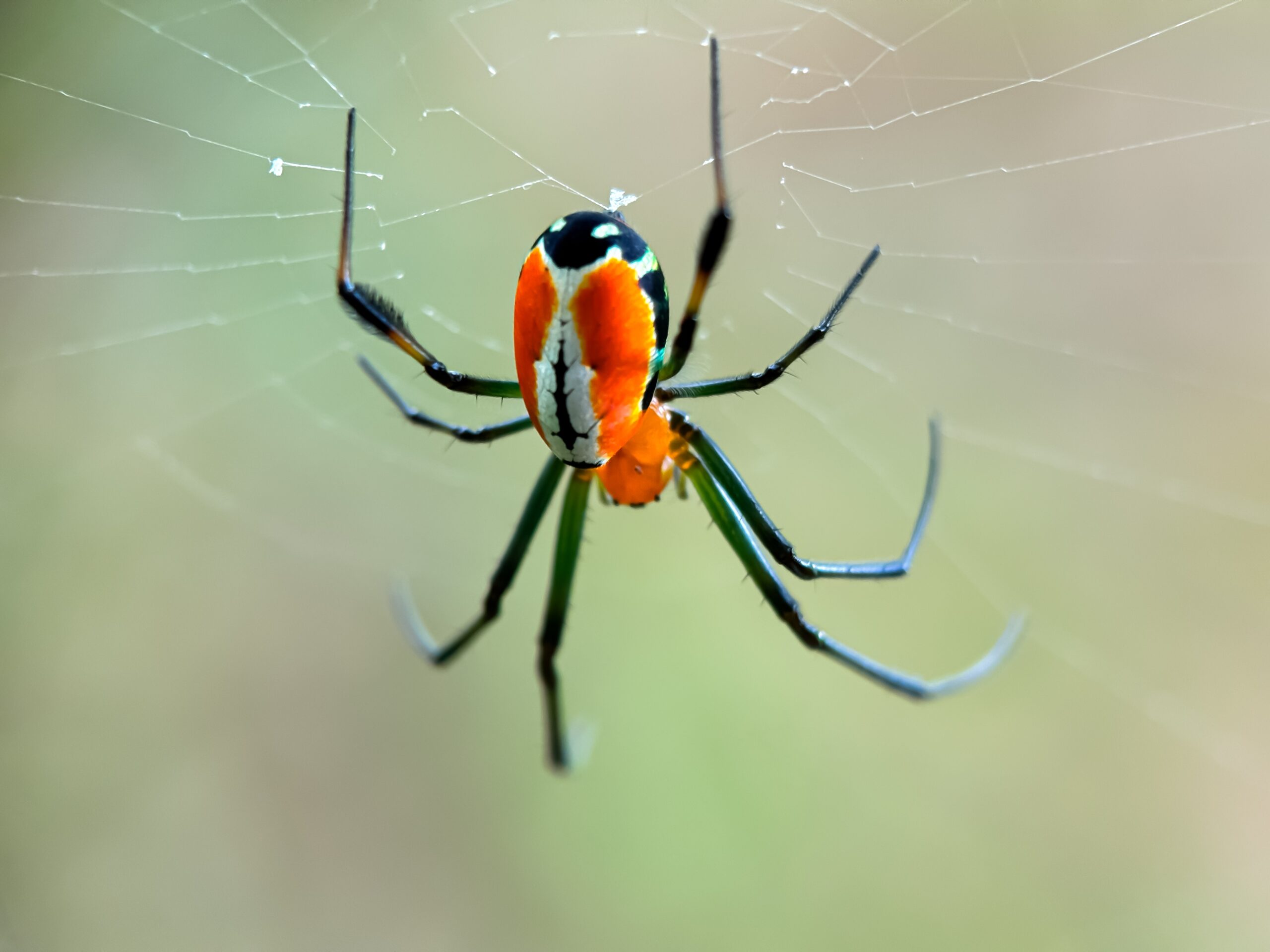
Spiders are natural architects, crafting intricate webs to capture prey. Different species of spiders create various types of webs, ranging from orb webs to funnel-shaped or sheet webs, each suited to their hunting strategy. The silk used to create these webs is incredibly strong, often compared to steel in terms of tensile strength. Spiders don’t just build webs for hunting; some species use them for travel, creating silk bridges to move between areas. They carefully select the location of their webs for maximum effectiveness, often considering wind patterns and available prey. Each web is a masterpiece of design and efficiency. The versatility and resilience of spider silk remain a subject of scientific fascination.
Swallows: Mud Nest Builders

Swallows construct their nests from mud pellets, creating sturdy, cup-shaped structures on cliffs, buildings, and bridges. The birds gather mud from the ground and meticulously shape each pellet before applying it to the nest. These nests are often built in colonies, providing additional protection from predators. Swallows choose their nesting sites based on proximity to water and food sources, ensuring a safe environment for raising their young. The nests are lined with soft materials like feathers and grass for added comfort. Over time, the nests harden and become highly durable, lasting for several seasons. This building technique is a testament to their adaptability and ingenuity.
Paper Wasps: Paper-Making Engineers
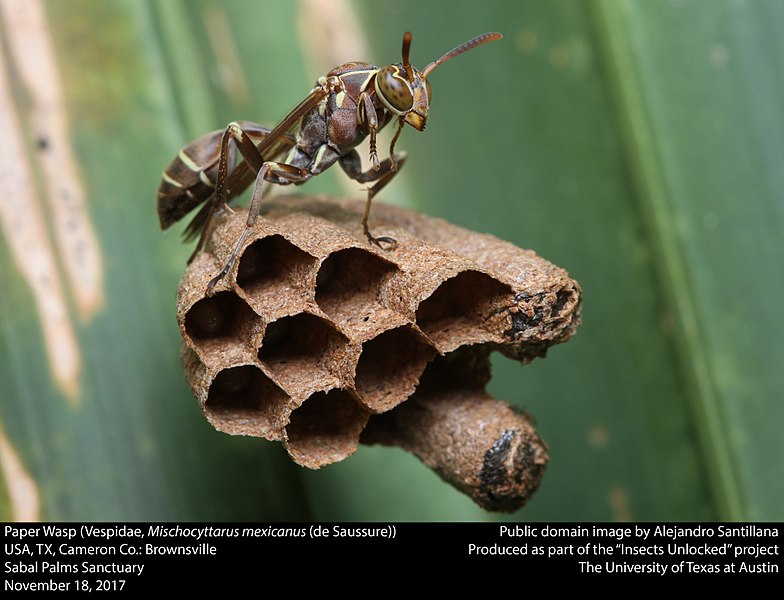
Paper wasps create their nests by chewing wood fibers mixed with saliva, forming a paper-like material. These nests, often attached to tree branches or building eaves, consist of multiple cells arranged in a honeycomb pattern. Each cell serves as a nursery for their larvae, with the queen laying eggs in each one. The wasps continuously expand their nests, adding new layers as the colony grows. Their ability to create paper-like material from raw wood is remarkable, demonstrating both resourcefulness and precision. The nest’s location is strategically chosen to offer protection from predators and environmental elements. Despite their small size, paper wasps are expert engineers in their own right.
Gophers: Tunnel Systems
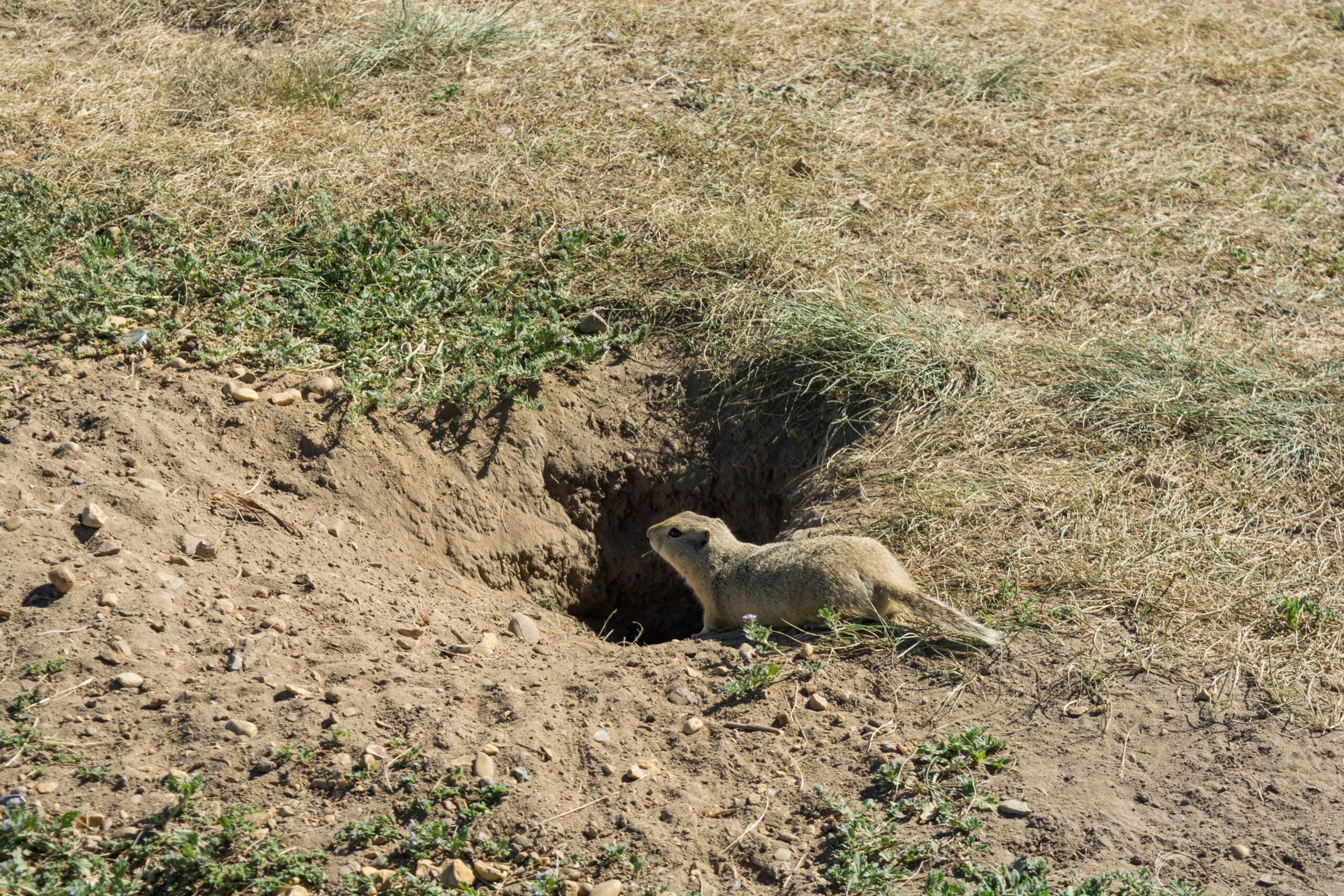
Gophers are solitary burrowers, creating intricate tunnel systems beneath the ground to search for food and shelter. These tunnels, often up to 500 feet in length, have distinct chambers for sleeping, food storage, and waste disposal. Gophers continually expand their tunnels, pushing dirt to the surface, creating visible mounds. The network of tunnels provides protection from predators and extreme weather conditions. Their burrowing activities also play a crucial role in soil aeration and nutrient mixing, benefiting the surrounding ecosystem. Gophers are highly territorial, defending their tunnels against intruders. Their ability to create and maintain such expansive tunnel systems is a marvel of natural engineering.
Leafcutter Ants: Agricultural Farmers
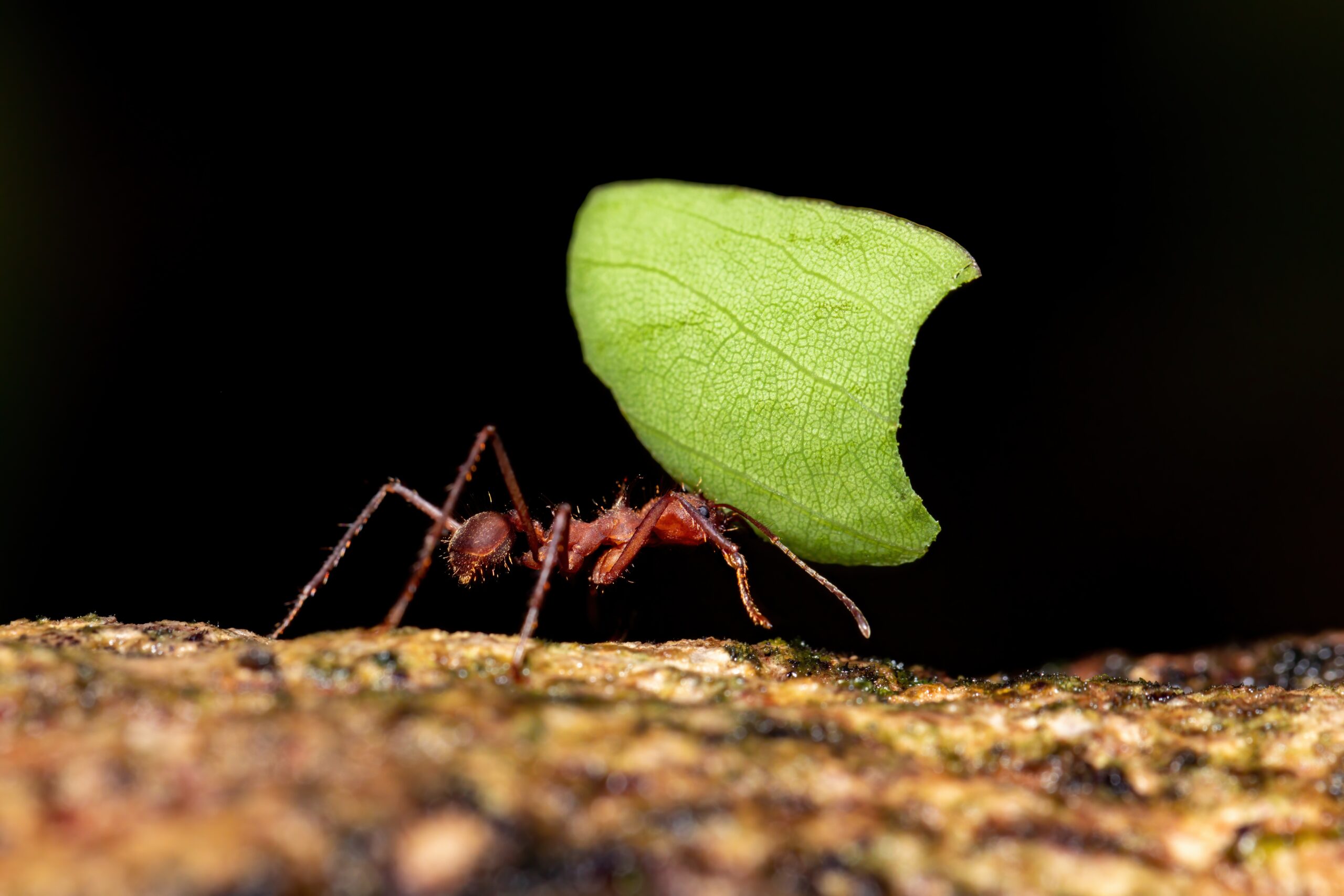
Leafcutter ants are not only skilled builders but also proficient farmers. They cut leaves and transport them back to their underground nests, where they use the foliage to cultivate a fungus that serves as their primary food source. The ants construct chambers within their nests specifically for this farming process, maintaining precise conditions for fungal growth. This agricultural system is one of the most sophisticated seen in the animal kingdom. The ants communicate through chemical signals to coordinate their efforts, ensuring the continued success of their colony. Their nests are often large and complex, with tunnels stretching for several meters. Leafcutter ants demonstrate both agricultural and architectural expertise.
Hornets: Paper Nests
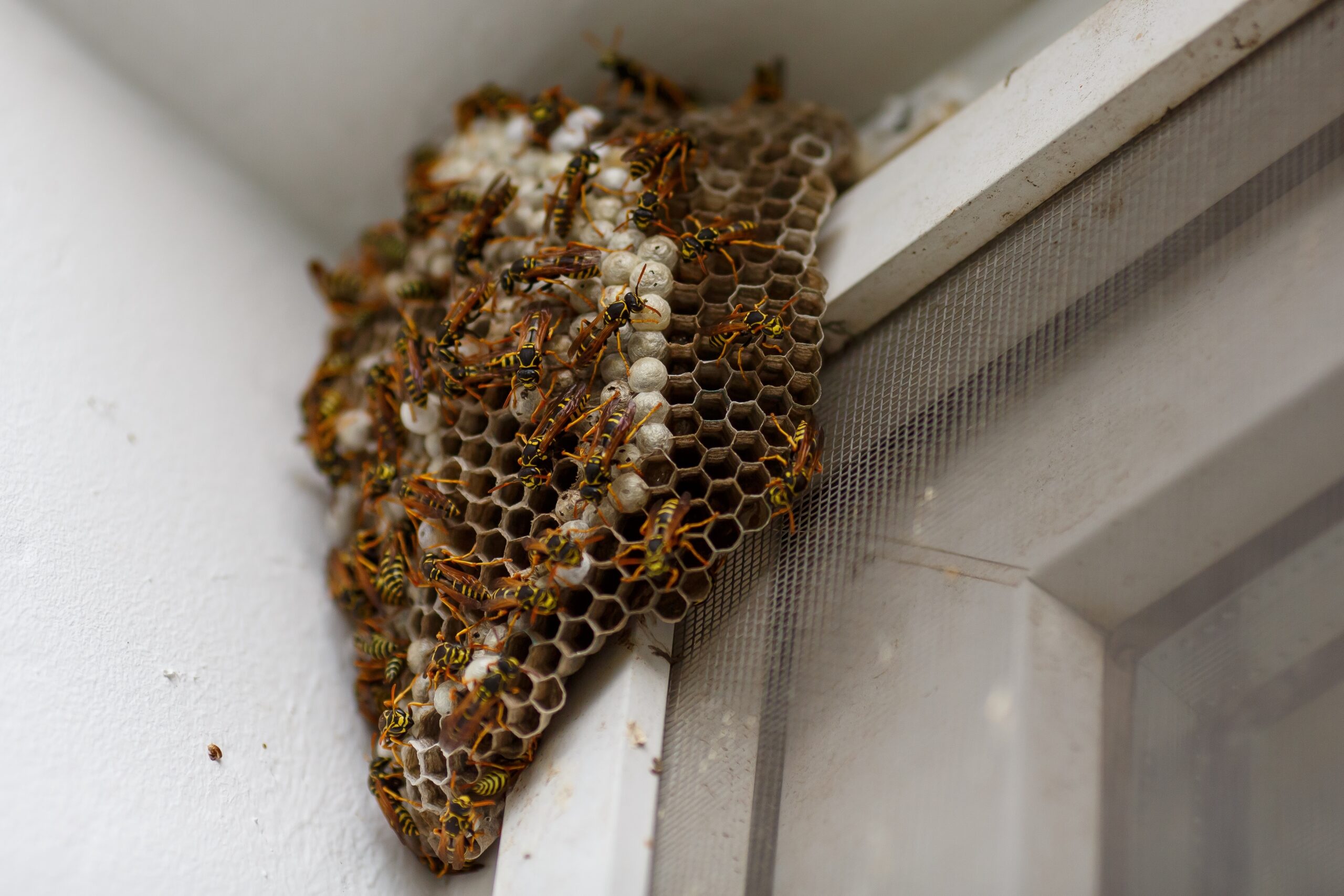
Hornets are adept at creating large, paper-like nests, similar to paper wasps. They chew wood fibers and mix them with their saliva to form a durable material, which they use to construct multi-layered nests. The nests consist of comb-like structures that house their larvae, with a protective outer covering to shield the young from predators and the environment. Hornets continuously expand their nests as the colony grows, often creating intricate designs with multiple chambers. These nests are typically found in trees or under eaves, positioned to minimize exposure to the elements. Their craftsmanship allows them to create both functional and protective homes. Hornets demonstrate precision in their architectural endeavors.
Caddisfly Larvae: Underwater Case Builders
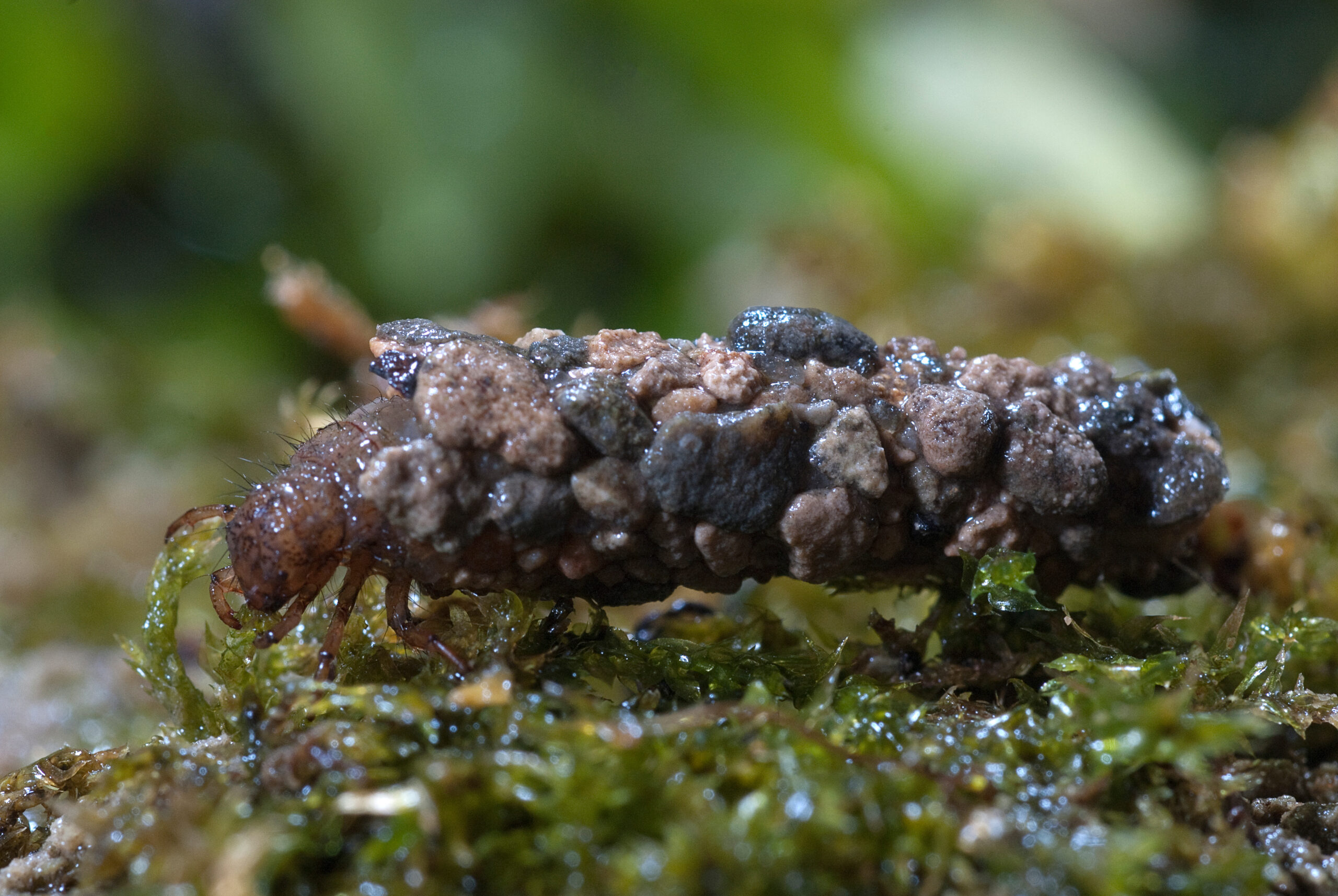
Caddisfly larvae are remarkable for their ability to build protective cases underwater using materials like sand, pebbles, and plant debris. These cases provide protection from predators and environmental hazards, allowing the larvae to develop safely. The larvae use silk to glue the materials together, carefully selecting pieces that fit together to form a seamless structure. Each case is unique to the species and environment, showcasing adaptability and innovation. As they grow, the larvae expand their cases, ensuring continued protection throughout their development. These cases are often cylindrical or cone-shaped, depending on the species. Caddisflies are among the most resourceful underwater builders.
Mud Daubers: Sculptors in Mud
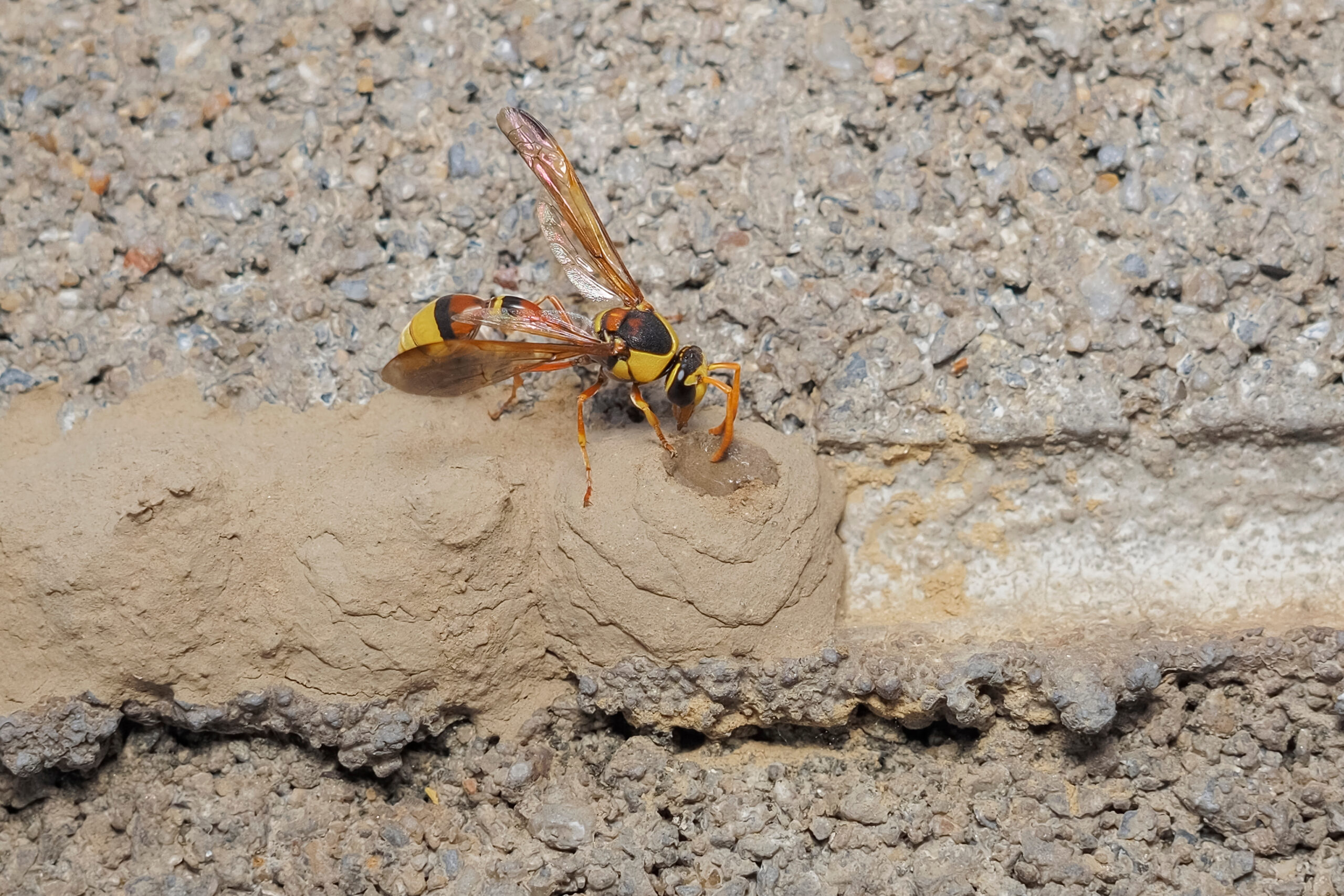
Mud daubers build their nests from mud, often attaching them to walls or under eaves. These solitary wasps collect mud and shape it into small tubes, creating a series of interconnected cells for their offspring. Once the cells are built, the mud dauber places a paralyzed insect inside each one before sealing it off, providing food for the developing larvae. The nests are simple yet effective, providing protection from predators and environmental threats. Over time, the nests harden, becoming sturdy shelters for the young. Mud daubers’ ability to manipulate their environment with such precision is a testament to their survival instincts. Their use of natural resources highlights their ingenuity.
Ospreys: Towering Nests

Ospreys build large, conspicuous nests, typically located on tall structures like trees, cliffs, or even man-made poles. These nests are constructed from sticks and lined with softer materials like grass and seaweed for comfort. Ospreys return to the same nest year after year, adding new layers to it each breeding season. Over time, these nests can become massive, sometimes weighing several hundred pounds. The height and location of the nests help protect the birds from ground predators and provide an excellent vantage point for hunting. Ospreys are meticulous in their construction, ensuring that their nests are both sturdy and functional. Their nests are iconic symbols of strength and resilience.
Woodpeckers: Tree Carvers
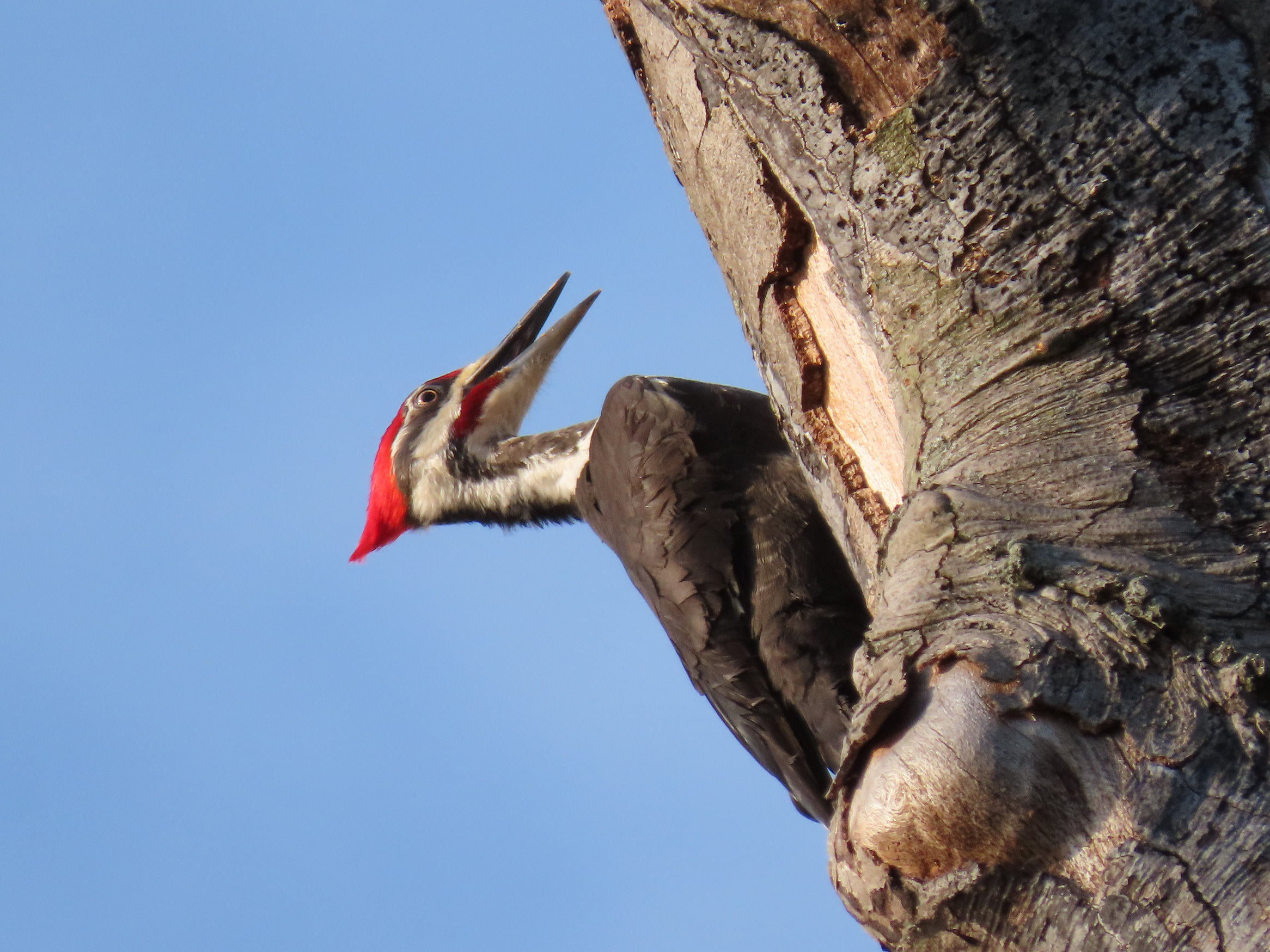
Woodpeckers are skilled at carving holes in trees to create nesting cavities. These holes serve as homes for not only woodpeckers but also other species like owls and small mammals once abandoned. The birds chip away at the wood with their sharp beaks, carefully selecting dead or decaying trees that are easier to excavate. The depth of the hole provides insulation and protection from predators. Woodpeckers choose their sites based on proximity to food sources, often near areas with abundant insect populations. Their excavations play a crucial role in maintaining forest ecosystems, creating habitats for various creatures. Woodpeckers’ work as builders showcases both their strength and precision.
Pufferfish: Underwater Architects
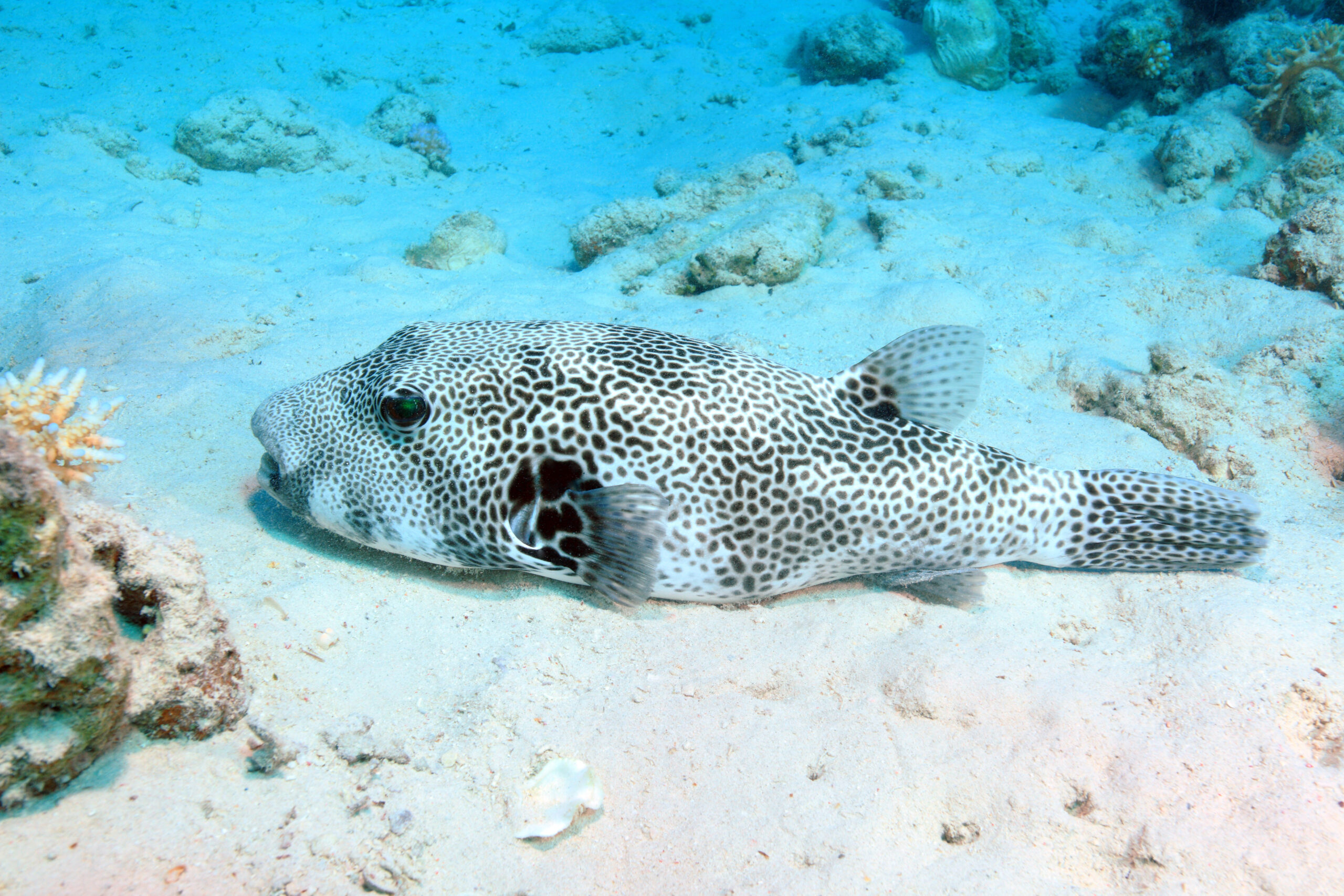
Male pufferfish create intricate, circular sand structures on the ocean floor to attract mates. These structures, known as “love circles,” are meticulously crafted using the fish’s fins to create patterns in the sand. The designs can be several feet in diameter, with intricate ridges and valleys that enhance their visual appeal. Female pufferfish choose mates based on the complexity and symmetry of these structures, making this architectural feat essential for reproduction. The circles are often located in areas with strong currents, requiring the males to constantly maintain them. These underwater designs are some of the most extraordinary examples of animal architecture. Pufferfish’s attention to detail rivals that of any land-based builder.
Penguins: Pebble Nest Builders
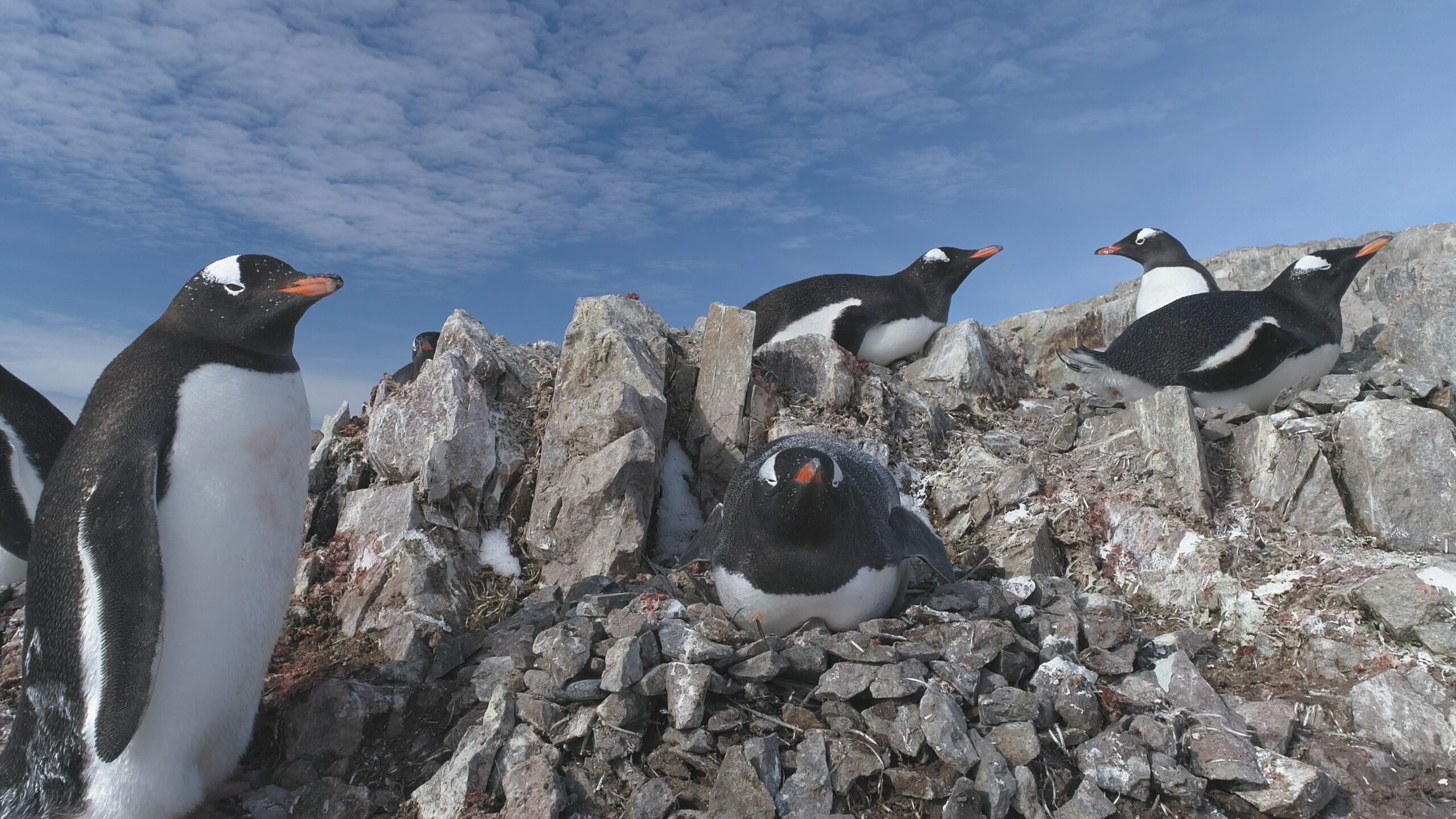
Adélie and Gentoo penguins build their nests from pebbles, which they carefully select and arrange on the rocky shores of Antarctica. The male penguins often present pebbles as gifts to attract a mate, with the female choosing based on the quality of the offering. These pebble nests elevate the eggs above the cold ground and melting snow, providing essential insulation. The nests are small, circular structures that are often built in large colonies, providing added protection from predators. Penguins are highly selective about the pebbles they use, often competing for the best materials. Their nests reflect their adaptability to harsh environments and their resourceful use of available materials.
This article originally appeared on Rarest.org.
More From Rarest.Org
Throughout history, many inventions have revolutionized the way we live, work, and interact with the world around us. Some of these breakthroughs have become household names, while others, equally significant, have faded into obscurity. Read more.
When it comes to off-road adventures, having the right vehicle can make all the difference. Whether you’re exploring rugged mountain trails, crossing deserts, or tackling muddy forests, some rare off-road vehicles are built specifically to handle extreme conditions. Read more.
Technology has always been a driving force behind progress, but some innovations have had a truly transformative impact on entire industries. From the steam engine that powered the Industrial Revolution to modern breakthroughs like blockchain and 3D printing, these game-changing inventions have reshaped how we work, communicate, and live. Read more.



